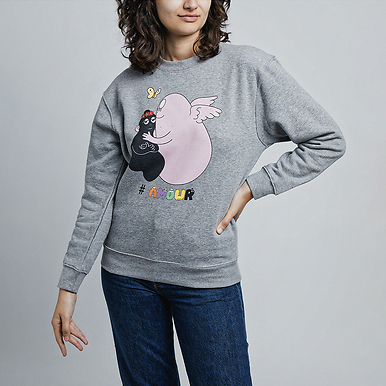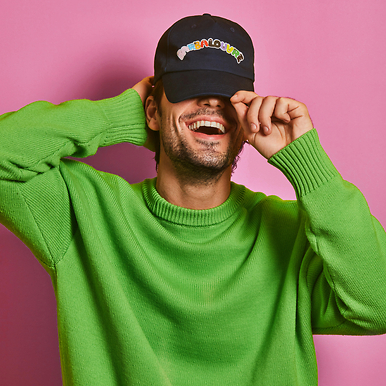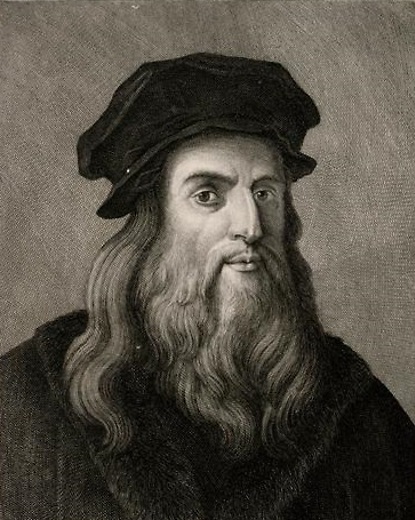
BarbaLouvre - T-shirt for woman Barbabelle
CU100924
Read more
Login to see prices
Sold by GrandPalaisRmn
Characteristics
- Maintenance
- Wash at 30°, no tumble drying or dry cleaning
- Material of the original work
- Peinture à l'huile
- Art movements
- Renaissance, 21st century
- Printing Technique
- Numerique
- Artist
- Leonardo Da Vinci (1452-1519)
- S
- Reference
- CU100924
- EAN
- 3336729178094
- Matière de l'article
- Organic cotton + Oekotex
- Model dimensions
- 65cm x 46cm
- Package Dimensions
- 24.5cm x 12cm
- M
- Reference
- CU100925
- EAN
- 3336729178100
- Matière de l'article
- Organic cotton + Oekotex
- Model dimensions
- 67cm x 48cm
- Package Dimensions
- 24.5cm x 12cm
- L
- Reference
- CU100926
- EAN
- 3336729178117
- Matière de l'article
- Organic cotton + Oekotex
- Model dimensions
- 69cm x 50cm
- Package Dimensions
- 26.5cm x 12cm
- XL
- Reference
- CU100927
- EAN
- 3336729178124
- Matière de l'article
- Organic cotton + Oekotex
- Model dimensions
- 71cm x 52cm
- Package Dimensions
- 26.5cm x 12cm
- Original work kept at
- Paris, musée du Louvre
















